Tablet and an opportune time for a new Vietnamese generation
MELBOURNE - November 16, 2018 | Duc Tablet can be considered as Doraemon’s magic door to uncover a treasure chest of knowledge....
MELBOURNE - November 16, 2018 | Duc
Tablet can be considered as Doraemon’s magic door to uncover a treasure chest of knowledge.
Life-long learning and problem-based learning
The current labor market is fast-changing, which includes the appearance and disappearance of many occupations. In fact, the most in-demand careers, such as app developer and data scientist, did not exist a decade ago. [1] In order to get success in such a labor market, people need to be agile life-long learners so that they can be comfortable with continuous adaptation to new environments. They need to be equipped with the knowledge to survive in the market requiring a highly skilled workforce. Besides, a personal development is always essential in any period. [2] In that context, life-long learning is deemed to provide the cognitive flexibility and professional adaptability needed to take chances and to deal with difficulties when emerging.
On the other hand, in developed countries, educators have recognized several problems with the traditional learning methods. According to their reports, students after leaving school seem not to be able to apply knowledge into their working environment, and they even struggle or fail to do any further learning, [3] which are also common issues in our country. Thus, they come up with a concept of “problem-based learning” (PBL) that is applied in the educational systems, especially in universities. PBL is the method that can help students to promote their thinking or reasoning skills such as problem solving, metacognition, and critical thinking. In addition, it can possibly help students become independent and self-directed learners with learning-to-learn and learning management skills. The fundamental principle of PBL is to connect knowledge and problems in reality. In other words, this method fosters lifelong learning.
The information revolution, technological advancement, and e-learning
At present, people are talking much about an information revolution, but it is not new. In fact, the first information revolution could be in 1439 when Johannes Gutenberg prevented the printing press, thereby launching the era of mass communication. Our current revolution began in Silicon Valley in the 1960s, accompanied by Moor’s Law: “the number of transistors on a computer chip doubles every couple of years”. [4] In this revolution, the key feature is not the speed of communication, but the significant reduction in the cost of transmitting and storing information. [4] Hence, the amount of information that can be disseminated globally is virtually infinite, and the mass of data can be stored in a device in our pockets.
Thanks to these achievements, along with the internet era, we now seem to be able to learn almost everything online. This leads to a rapid evolution of technology-enhanced learning recently. Since then, people are increasingly familiar with the term “e-learning”. As a matter of fact, PowerPoint presentations have gradually displaced blackboards, and there are “massive open online courses” in which the enrollments can be estimated more than 100,000. In practice, effectively designed e-learning can help people saving much time and money, as well as enhancing productivity and learning skills whereas boosting new knowledge and insights. [5]
In the meantime, the university’s curricula in developed countries have been changing. They are taking advantage of advanced technologies to support PBL as much as possible by strengthening the centrality of students’ role. In particular, “flipped classrooms” are part of them, in which traditional-type-homework is replaced with watching taped lectures and reading other materials, while students and lecturers or tutors will discuss related issues in class. [6] By involving various sorts of information technologies integrated into the school’s systems, you will be not afraid of absenteeism because all contents will be uploaded. Also, you are encouraged to ask questions and discuss remotely so as to save your time and improve the effectiveness. To some extent, it can be seen as the long-distance education. Of course, there are also several disadvantages, but the benefits of this method are undeniable.
Touch and gesture-based learning technology
Why tablets now? To date, it is evident that using a tablet has more positive effects on learning than using a PC or laptop. This is mainly because a tablet is designed with interactions based on touch and gesture-based technologies. This helps a user’s cognition connected to bodily sensations, and that interaction with the environment plays a key role in learning, even in supposedly abstract cognitive tasks. [7] In addition, tablets seem to be more convenient and flexible in different situations. Recently, they are equipped with styluses, such as iPad pro with Apple Pencil or Surface pro with its pen, which greatly improves interactions with the electronic devices. I am quite sure you did read somewhere that scientists say hand-writing helps students to memorize the knowledge better than typing on computers. So far, it is not a matter anymore.
Tablet and stylus have been fostering both productivity and creativity. You can watch videos, listen to music and news, read books or other materials, talk or discuss with others, take notes and typing reports, or draw anything with your tablet. Yet, it is important to realize that our current technologies are in the infancy. There will be more interactive devices developed in the years to come. Augmented-reality based technology could be the one.
On the other hand, there is not without problems. Notably, in the explosion of information, a “paradox of plenty” does exist, in which “an abundance of information leads to scarcity of attention”. [4] For example, you focus so much on choosing the brand of your tablet, various apps, programs or features that you may forget that the main part is learning. Besides, multitasking features, social media and notifications could reduce your attention. My recommendation is that you should be aware of those problems and "keep the main purpose always remain the main purpose".
The golden opportunity
What do those above mean to us? With only an Internet-connected device, we now can acquire the extensive knowledge of mankind whenever you are in the world. It helps us to practice PBL aiming for lifelong learning so as to open our minds and get further advantages. We may not be able to improve the main educational system immediately, and we could not afford to study abroad, but we can change our minds and promote our competency with very less cost. So, why not?
Our country has the advantages of a young population with many opportunities to approach a variety of cutting-edge technologies. Each of us should seize the chances to develop ourselves, thereby generating a qualified workforce to catch up with other countries in neighboring regions including Philippine, Malaysia, Thailand, and Singapore, or even beyond them in the context of globalization. It has been said that this is a very opportune time for our nation. If so, the only part lacking, in this case, is a personal factor to fulfill the backdrop of “right time, right place, and right person”.
Last but not least, if say tablet is the Doraemon’s magic door, you need a key to open it. The fact is that there is a great deal of free and non-free resources out there, but most of them are by English. Undoubtedly, English, therefore, is the silver bullet that you need.
My own experiences of using tablets for learning purpose
I first got a tablet-type device when I was in grade 12 in early 2008. My mom bought me a Chinese-tech portable device called Readboy Student Palmtop to practice multiple-choice questions of some subjects that aimed to prepare for the graduate exam. The quality was so bad that it was out of order in the next year right after the warranty expired. Anyway, that was an interesting experience of mine with touchscreen and stylus.
In a long time afterwards, I was not using any type of tablet until 2016. I decided to buy my first ipad in May when my English teacher sent me around 3gb of English materials. This was mainly because I didn’t want to print all of them, to be honest. It is an ipad air 2 and I had to find a suitable stylus to take notes. I got myself a Wacom Bamboo Solo stylus which helps me a lot for my note-taking. Although it was hard to write in a good shape, it was useful and efficient for my needs at that time. I strongly believe that I could get the IELTS band score 6.5 within 6 months thanks to this iPad even though I had not practiced English since I was in grade 10. Furthermore, I even could draw many pictures with this stylus, though I’d changed the nibs once or twice.
In late 2017, due to the large amount of note-taking, I bought the ipad pro 12.9 and the pencil. In spite of their expensive prices, I have never regretted this decision. They have been performing so well in most of my works required on a tablet. They exactly generate motivation for me to write on this topic.
The following part is the pictures showing my experiences with those devices mentioned above.
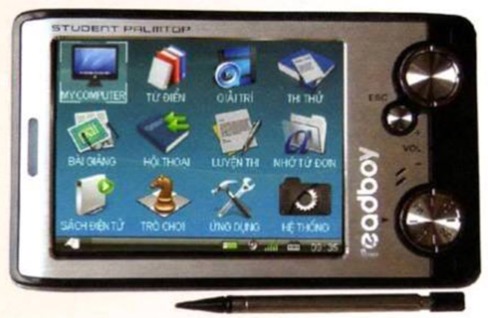
Figure 1: Readboy Student Palmtop

Figure 2: iPad Air 2 and Wacom Bamboo Solo Stylus
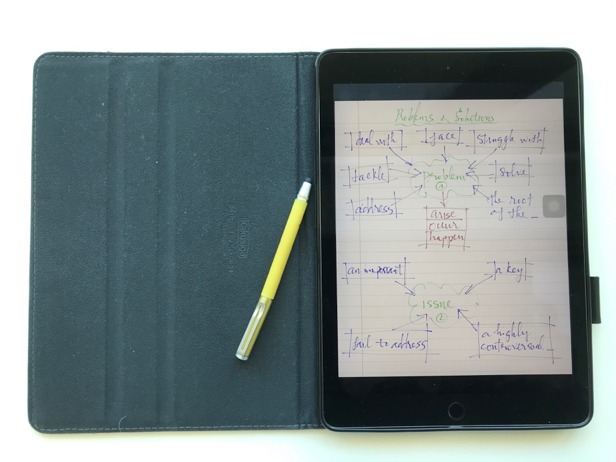
Figure 3: Note-taking by the bamboo and iPad A2

Figure 4: Dog portrait painting by the bamboo and iPad Air2

Figure 5: La La Land painting by the bamboo and iPad Air2

Figure 6: Learning IELTS
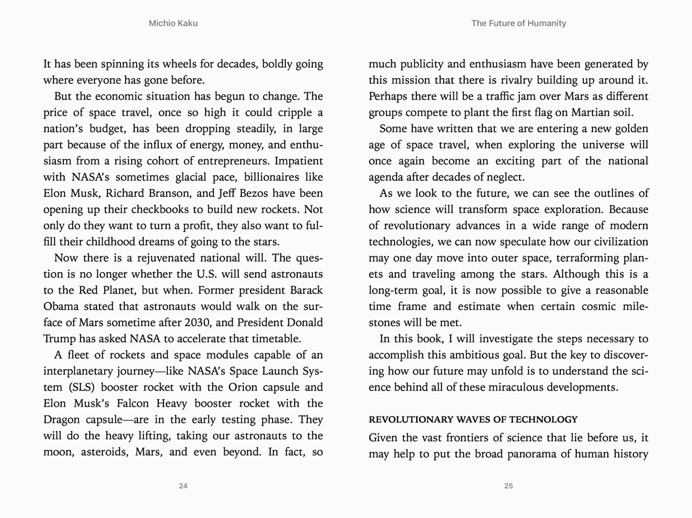
Figure 7: Reading e-book on ipad pro 12.9

Figure 8: Note-taking 1 by Apple pencil on LiquidText
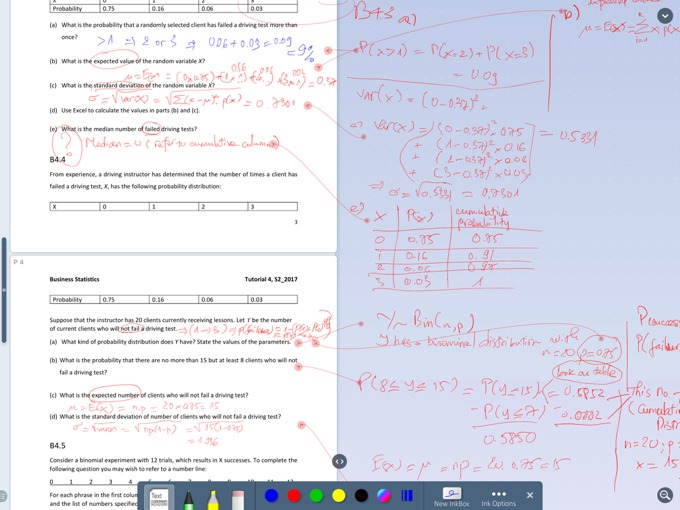
Figure 9: Note-taking 2 by Apple pencil on LiquidText

Figure 10: Note-taking on Onenote
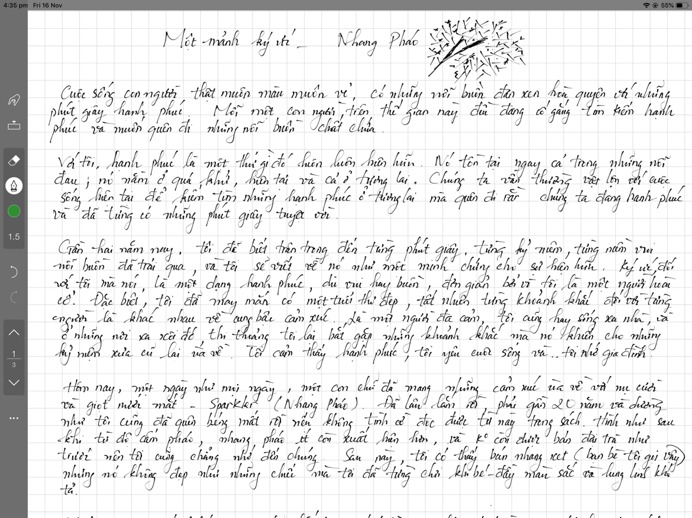
Figure 11: Writing on INKredile

Figure 12: Note-taking on Bamboo Paper

Figure 13: Drawing by Apple pencil
Notes:
* The reasoning for using English in this article is to be in alignment with the very purpose of promoting English-learning as well as encouraging self-learning on tablets.
** This article was first posted on Tinhte Forum in 2018.
References
[1] Campanella, E. (2018, July 4). The cognitive limits of lifelong learning. Project Syndicate. Retrieved from https://www.project-syndicate.org/commentary/lifelong-learning-cognitive-constraints-by-edoardo-campanella-2018-07?barrier=accesspaylog
[2] Boeren, E. (2016). Lifelong learning participation in a changing policy context: An interdisciplinary theory. The UK: Palgrave Macmillan.
[3] Uden, L., & Beaumont, C. (2006). Technology and problem-based learning. Hershey, PA: Information Science Pub.
[4] Nye, J., S. (2018, Jun 15). Our infant information revolution. Project Syndicate. Retrieved from https://www.project-syndicate.org/commentary/infant-information-revolution-by-joseph-s--nye-2018-06?barrier=accesspaylog
[5] Saunderson, R. (2015). Learning technology paves the way for change. Training, 52(5), 62-63.
[6] Rogoff, K. (2018, February 5). When will tech disrupt higher education. Project Syndicate. Retrieved from https://www.project-syndicate.org/commentary/tech-disruption-of-higher-education-by-kenneth-rogoff-2018-02?barrier=accesspaylog
[7] Reinders, Hayo. (2014). Touch and gesture-based language learning: Some possible avenues for research and classroom practice. Teaching English with Technology, 14(1), 3-8.

English Zone
/english-zone
Bài viết nổi bật khác
- Hot nhất
- Mới nhất